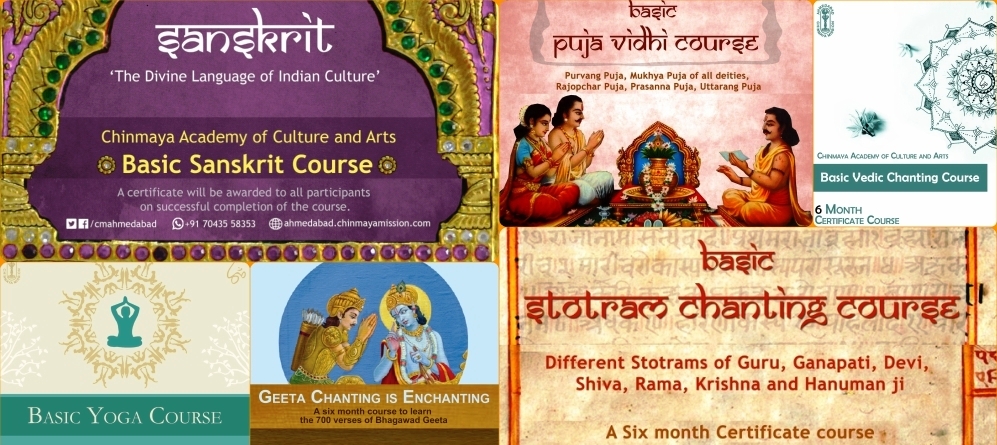#Ancient Culture ( Samskaram ) of Bharatham-3.6 : Swami Krishnananda
========================================================================
--------------------------------------------------------------------------------------------------------------------------
--------------------------------------------------------------------------------------------------------------------------
#OPINION : 07/03/2020 : 2081.
##Chapter 3: The Vedas – the Foundation of Indian Culture - 6.
-------------------------------------------------------------------------------------------------------------------------
1.
#So I have mentioned something very important about the Veda Samhitas, the Brahmanas, the Aranyakas, the Upanishads, and the Vedangas, which are six. I will confuse you a little more by mentioning an additional item of these four Vedas.
##There are auxiliary Vedas which are called Upavedas. Vedas are four, Vedangas are six, and the auxiliary Vedas, called Upavedas, are four. These four are Ayurveda, Dhanur Veda, Gandharva Veda and Artha Sastra.
--------------------------------------------------------------------------------------------------------------------------
2.
#Somehow or other the science of healthy living, called Ayurveda Shastra, has been connected with the Rigveda, perhaps because the Rigveda Samhita has much to say about the science of right living. So the Ayurveda Shastra developed from the Rigveda.
##From the Yajurveda the military science, the Dhanur Shastra, arose. In those days archery was the primary way of military science. Nowadays we have got all kinds of other things. In those days there was archery – bows and arrows. Everywhere in the Ramayana and the Mahabharata we will find bows and arrows. The military science of discharging arrows with bows, called Dhanurveda, is connected with the Yajurveda.
###The Samaveda is sung musically, and so it is connected with musical science – Gandharva Veda it is called.
####And political science and the art of government are connected with the last of the Vedas, namely the Atharvaveda.
The four Vedas have four auxiliary Vedas, namely, Ayurveda, Dhanur Veda, Gandharva Veda and Artha Sastra.
-------------------------------------------------------------------------------------------------------------------------
3.
So to repeat once again for your memory, Vedas are four : Rigveda, Yajurveda, Samaveda, Atharvaveda; and each Veda has four sections: Samhita, Brahmana, Aranyaka, Upanishad; and the Vedas in toto have six limbs: Siksha, Vyakarana, Chandas, Nirukta, Jyotisha, and Kalpa. Kalpa Sutras have four sections: Srautasutras, Sulbasutras, Grihyasutras, Dharmasutras. There are four Upavedas or subsidiary Vedas: Ayurveda, Dhanur Veda, Gandharva Veda and Artha Sastra, which also includes economic science. So this is a huge body of learning which is all embedded in the Vedas.
To be continued ...
To be continued ...
------------------------------------------------------------------------------------------------------------------------
JAY HIND
JAY BHARATHAM
VANDHE MATHARAM
BHARAT MATHA KI JAY.
CHINMAYA SUMMER CAMP - CHICAGO, USA.
=====================================================================











Comments
Post a Comment